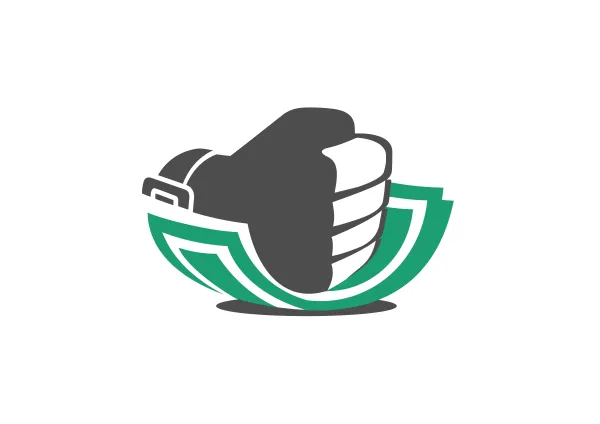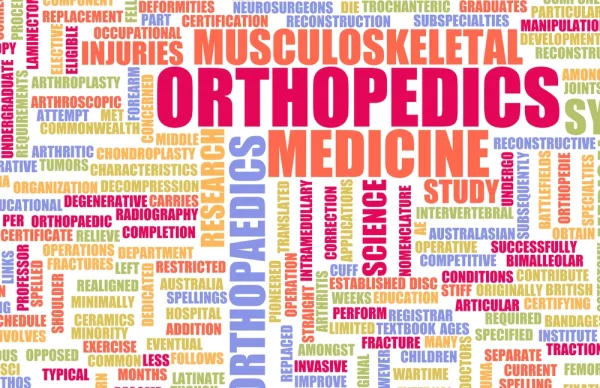Know the Differences for Complex Repair, Adjacent Tissue Transfer Coding

Tip: Look beyond the CPT® rules to avoid denials. CPT® code guidance is great, but you'll need more than basic guidelines to code complicated procedures. When you are attempting to discern between a complex repair and an adjacent tissue transfer, you've got to implement all the tools at your disposal to identify the correct code. And when you don't have all the answers, you've got to know exactly where to look. As you will see with these two examples, you'll need to utilize your cumulative knowledge of procedural coding guidelines, anatomy/terminology, and Correct Coding Initiative (CCI) edits in order to confidently establish the correct set of codes. Keep reading for a detailed breakdown on the coding of complex repairs versus adjacent tissue transfer. Know when Undermining Doesn't Qualify as Adjacent Tissue Transfer Example 1: The surgeon performs an excision of a 1.5 cm keloid scar on the cheek. Following the excision, the surgeon undermines the border to close the excision defect. Many coders may consider the use of an adjacent tissue transfer code to document an undermining closure procedure. However, CPT® guidelines are clear when undermining is performed as closure without an additional incision. The CPT® guidelines state: "Undermining alone of adjacent tissue to achieve closure, without additional incision does not constitute adjacent tissue transfer, see complex repair codes 13100-13160." So, ultimately the key term here is "undermined." Even if the operative report describes an advance flap closure, without a proper description of an adjacent tissue transfer, you are ultimately left to code the closure as a complex repair. It's important to note that undermining is still a component of an adjacent tissue transfer. However, it's just one of a few steps that results in the surgeon suturing the skin flap into place. Important: Therefore, you should not consider code 14040 (Adjacent tissue transfer or rearrangement, forehead, cheeks, chin, mouth, neck, axillae, genitalia, hands and/or feet; defect 10 sq cm or less) to document closure in the example above. Instead, you should opt for a complex repair code in addition to the primary benign lesion excision code. The correct set of codes for the example above are as follows: Know When to Use Adjacent Tissue Transfer Codes The most important component of knowing when and where to apply adjacent tissue transfer codes is the ability to identify them in an operative note. Specifically, you want to make sure you identify within the operative report a relocation of a "flap" of healthy skin from a donor site to the closure site. What makes adjacent tissue transfer coding even trickier is that you may have to look out for various different terms that are synonymous with adjacent tissue transfer closer. Some of these terms include: Consider the following example, in which an adjacent tissue transfer code is warranted: Example 2: The surgeon excised a 0.7 cm squamous cell carcinoma from the right ear and a 1.5 cm squamous cell carcinoma from the right cheek. Following the excision, the surgeon performed bilateral rotational flap advancements of 5 sq. cm for the ear and 8 sq. cm for the cheek. As you can see in this example, the closure is outlined by the use of rotational flap advancements on each respective site. However, you should NOT apply the following excision codes in addition to the adjacent tissue transfer: If you perform a CCI check, you will see that 11441 and 11442 are bundled into 14040 and 14060 as column 2 codes. This means that the excision portions of the procedure are an included component of the adjacent tissue transfer. Even though these edits allow for an overriding modifier, you should not apply one in this example since the procedures are related. "This CCI edit is consistent with the instructions in the front of the adjacent tissue transfer codes where it states that the creation of the defect is not coded separately," states Barbara J. Cobuzzi, MBA, CPC, CENTC, COC, CPC-P, CPC-I, CPCO, AAPC Fellow, vice president at Stark Coding & Consulting LLC, in Shrewsbury, New Jersey. You will code the example above using the following adjacent tissue transfer codes: Additionally, you should apply modifier 51 (Multiple procedures) to 14040 since it has the lower relative value units (RVUs) of the two procedures.




